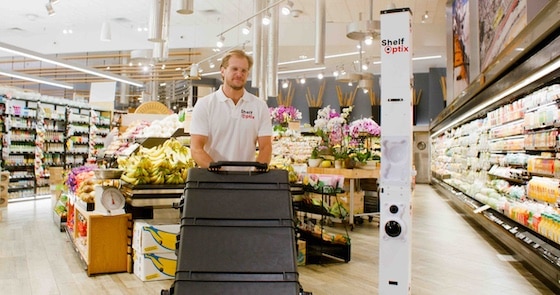All we seem to hear about in the tech press is ChatGPT… yet there’s still some confusion about how it makes money, and how much it makes. All of this unravels as ChatGPT passes its first birthday. It’s hard to believe that the current wave of AI excitement and advancement has been with us for a full year.
So how does ChatGPT make money? That question has one answer today and may have another answer in a year. For example, as we’ve asserted, the real opportunity for ChatGPT is a B2B2C approach where it offers an API for every consumer-facing brand in the world to build customized user-facing chatbots.
While that model continues to evolve at OpenAI, ChatGPT has also begun to derive B2C revenue… and a fair amount of it (more on that below). This involves a premium tier for its popular app, known as ChatGPT Plus, which includes faster response times and priority access during peak times.
The app is just one-way consumers can experience ChatGPT, as OpenAI wants to expand its surface area. Other options include ChatGPT integrations in popular user touchpoints like Microsoft Bing (Bing Chat)… which brings us back to the B2B2C model. OpenAI will continue to blitz both models.
Compute-Heavy
Zeroing in on ChatGPT’s B2C model, new figures are out from data.ai that signal its traction and revenue. The third-party analytics provider (extrapolated data, versus first-party data from OpenAI) pegs lifetime app downloads at 110 million. This includes both Apple App Store and Google Play downloads.
Perhaps more importantly, the app has derived $30 million in consumer spending – again, consisting of in-app purchases for premium tiers/features. As noted, those features primarily include priority access and speed, which resonate with power users given the cloud compute-heavy needs of the product.
This premium tier costs $19.99, which says a lot about ChatGPT’s popularity and price elasticity. Indeed, it’s deriving considerable revenue at a price point that’s about 3X that of premium tiers in other consumer paid-app categories such as streaming entertainment and music (e.g., Spotify).
Crunching some more numbers, $30 million means roughly 1.5 million paid subscribers. That’s about 1.4 percent of its 110 million downloads. This conversion/upsell rate is notable, and will be a key metric that OpenAI will optimize as it continues to grow its business. Again, its server costs are considerable.
We’ll leave you with some additional data points from data.ai, and will continue to track ChatGPT revenue growth and model evolution…





